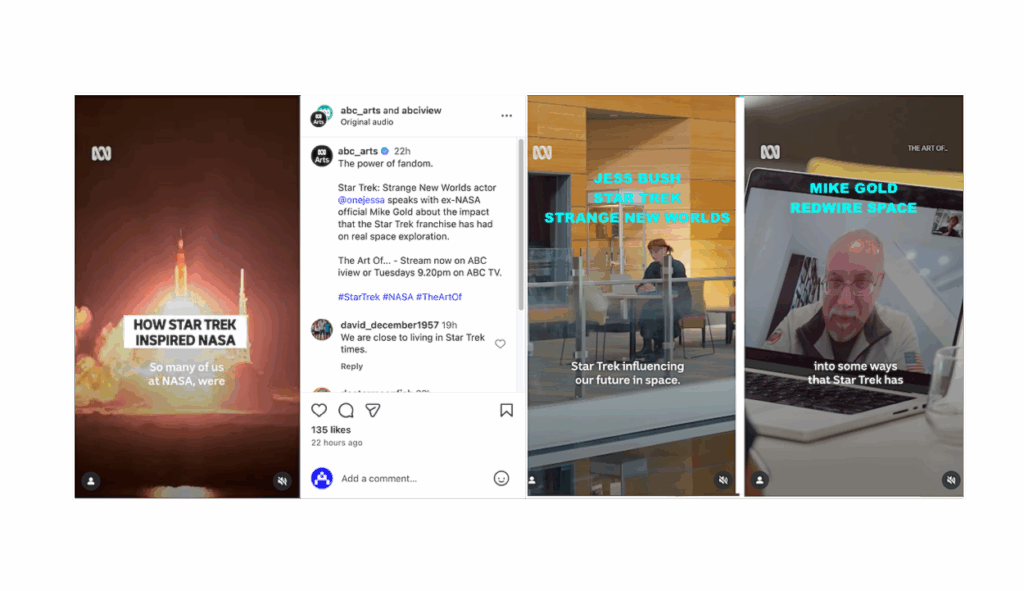NASA OIG: Boeing Is Having Big Problems With SLS Block 1B

NASA’s Management of Space Launch System Block 1B Development, NASA OIG: “Quality control issues at Michoud are largely due to the lack of a sufficient number of trained and experienced aerospace workers at Boeing. To mitigate these challenges, Boeing provides training and work orders to its employees. Considering the significant quality control deficiencies at Michoud, we found these efforts to be inadequate. For example, during our visit to Michoud in April 2023, we observed a liquid oxygen fuel tank dome – a critical component of the SLS Core Stage 3 – segregated and pending disposition on whether and how it can safely be used going forward due to welds that did not meet NASA specifications. According to NASA officials, the welding issues arose due to Boeing’s inexperienced technicians and inadequate work order planning and supervision. The lack of a trained and qualified workforce increases the risk that Boeing will continue to manufacture parts and components that do not adhere to NASA requirements and industry standards. We project SLS Block 1B costs will reach approximately $5.7 billion before the system is scheduled to launch in 2028. This is $700 million more than NASA’s 2023 Agency Baseline Commitment, which established a cost and schedule baseline at nearly $5 billion. EUS development accounts for more than half of this cost, which we estimate will increase from an initial cost of $962 million in 2017 to nearly $2.8 billion through 2028. Boeing’s delivery of the EUS to NASA has also been delayed from February 2021 to April 2027, and when combined with other factors, suggests the September 2028 Artemis IV launch date could be delayed as well. Factors contributing to these cost increases and schedule delays include redirection of EUS funds to the core stage during Artemis I production, changing Artemis mission assignments, maintaining an extended workforce 7 years more than planned, manufacturing issues, and supply chain challenges.”
2 responses to “NASA OIG: Boeing Is Having Big Problems With SLS Block 1B”
Leave a Reply
You must be logged in to post a comment.









The problem is the on again, off again nature of NASAs space program. There were plenty of qualified technicians and quality control managers in the Shuttle years. NASAs leadership stupidly terminated them all and two years later tried to re-establish the manpower starting from a base of zero. In Shuttle they could produce six-eight vehicles a year. Now they cannot produce one vehicle every three years. From a standpoint of design and manufacturing the vehicles are nearly identical. The NASA leadership from those years, the Administor and Associate Administrator overseeing human spaceflight ought to be charged and court martialed with destroying a national treasure. Next time get some leadership that has an understanding of what it takes to do the job. Pilots and politically astute operations leaders who have never designed or built anything more than a checklist haven’t a clue.
“In Shuttle they could produce six-eight vehicles a year. Now they cannot produce one vehicle every three years. From a standpoint of design and manufacturing the vehicles are nearly identical.”
Michoud could build 6 ETs per year because a Shuttle ET was far less complex to build than an SLS core stage.
An ET was “just” two tanks, an SLS core is a whole rocket stage, with what’s effectively a bigger version of the orbiter main propulsion system on the bottom, and the latter is what takes the longest to build for an SLS core.
Phillip Sloss put it pretty aptly that this is more like building something between an ET and a Shuttle orbiter.
And their expected build cadence once they get into a good tempo is 1/year, not 1 every three years.
The cadence for the first few vehicles isn’t representative of how fast they could be building these if there was a need to build them annualy this decade.